Which of the following describes the function of ligaments?
Ligaments atach skeletal muscles to bone
Ligaments attach two bones
Ligaments atach bones to tendons
Ligaments atach skeletal muscles to tendons
Correct Answer : B
Ligaments are tough bands of fibrous ssue that connect two bones together in a joint. They provide stability and support to the joint, prevenng excessive movement and helping to maintain proper alignment of the bones.
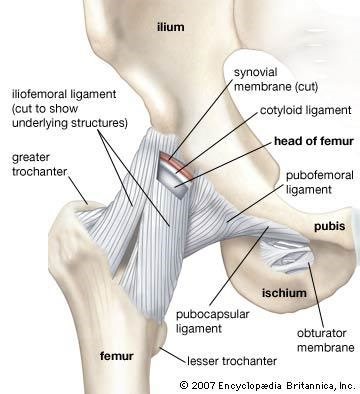
TEAS 7 Exam Quiz Bank
HESI A2 Exam Quiz Bank
Find More Questions 📚
Teas 7 Questions: We got the latest updated TEAS 7 questions
100% Money Refund: 100% money back guarantee if you take our full
assessment pass with 80% and fail the actual exam.
Live Tutoring: Fully customized live tutoring lessons.
Guaranteed A Grade: All students who use our services pass with 90%
guarantee.
Related Questions
Correct Answer is D
Explanation
Ribosomes are small, spherical structures found in all living cells, including bacteria, archaea, and eukaryotes. Their primary function is to synthesize proteins using the genetic information stored in the cell's DNA. Ribosomes are composed of two subunits, one large and one small, that come together during protein synthesis.
Ribosomes read the genetic information stored in mRNA (messenger RNA) and use this information to assemble amino acids in the correct order to form a protein. The ribosome moves along the mRNA, adding one amino acid at a time to the growing protein chain until it reaches the end of the mRNA and the protein is complete.
Proteins are essential for a wide variety of cellular functions, including catalyzing chemical reactions, providing structural support, and transporting molecules across cell membranes. Therefore, ribosomes play a critical role in the overall function and survival of a cell.
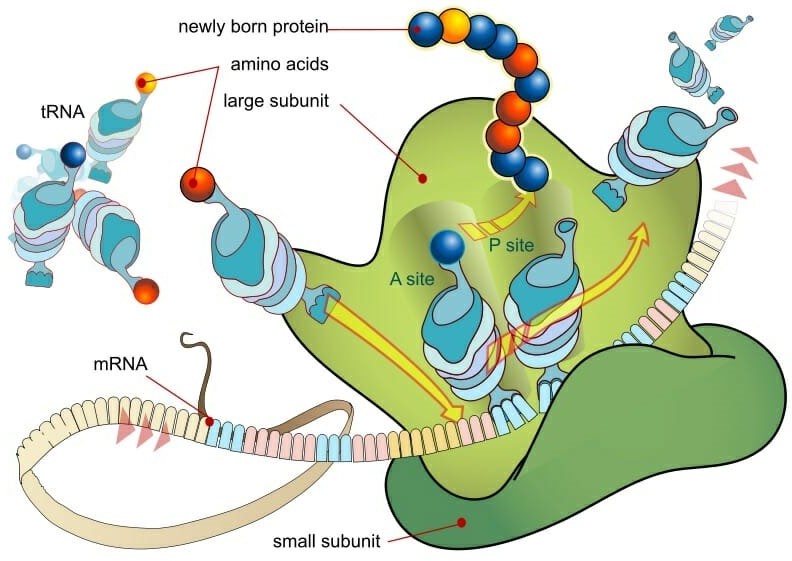
Correct Answer is A
Explanation
The main difference between a solid and a liquid is their physical state and the way their particles are arranged. In a solid, the particles are tightly packed together and have a fixed position, which gives the solid a definite shape and volume. Solids are also characterized by their high density, low compressibility, and high thermal conductivity.
In contrast, the particles in a liquid are more loosely packed and can move around each other, which allows the liquid to take the shape of its container. Liquids have a definite volume but no fixed shape, which means they can be poured or spilled. Liquids also have a lower density than solids, are more compressible than solids, and have lower thermal conductivity than solids.
Option b) is incorrect because it describes the properties of a gas, not a liquid. Option c) is incorrect because solids and liquids have different physical properties. Option d) is incorrect because it describes the properties of a gas, not a liquid or a solid.
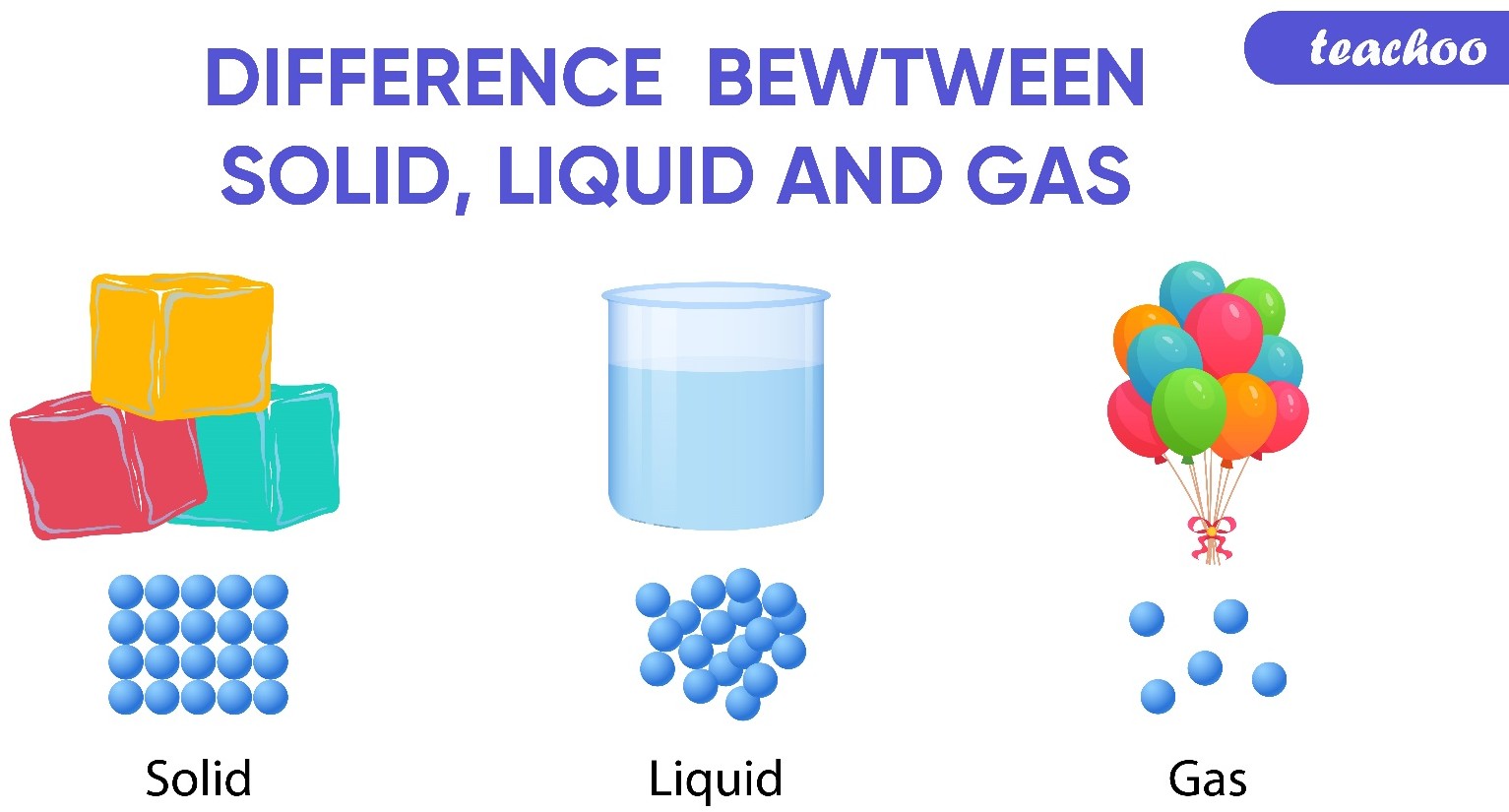 |
Correct Answer is B
Explanation
The mitral valve is located between the left atrium and left ventricle of the heart and helps to regulate the flow of blood between these chambers. It consists of two leaflets or flaps that open and close in response to changes in pressure as the heart beats.
During diastole, when the heart is relaxed and filling with blood, the mitral valve opens to allow blood to flow from the left atrium into the left ventricle. During systole, when the heart contracts to pump blood out of the left ventricle and into the systemic circulation, the mitral valve closes to prevent backflow of blood into the left atrium.
The mitral valve is one of four valves in the heart that help to ensure the unidirectional flow of blood through the heart and the rest of the circulatory system. Problems with the mitral valve, such as mitral valve prolapse or mitral stenosis, can lead to a range of symptoms and complications, including shortness of breath, fatigue, chest pain, and heart failure.
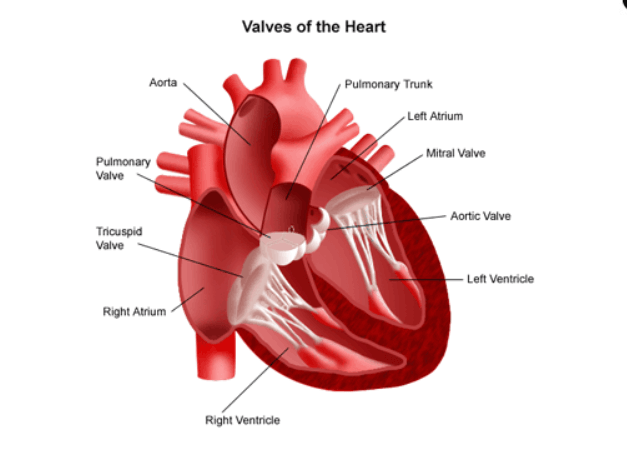
Correct Answer is B
Explanation
- Frontal Plane (Coronal Plane) → Divides the body into front (anterior) and back (posterior) halves. ❌
- Transverse Plane → A horizontal plane that divides the body into upper (superior) and lower (inferior) halves. ✅
- Sagittal Plane → Divides the body into left and right halves. ❌
- Coronal Plane → Another name for the Frontal Plane, which divides the body into front and back. ❌
Correct Answer is A
Explanation
Chlorophyll a is the primary pigment responsible for photosynthesis in plants. It is a green pigment that is essential for capturing light energy from the sun and converting it into chemical energy that can be used by the plant. Chlorophyll a absorbs light most efficiently in the blue and red parts of the spectrum, and reflects green light, giving plants their characteristic green color
Chlorophyll b is another type of chlorophyll that is also involved in photosynthesis, but it is not as abundant as chlorophyll a. Chlorophyll b absorbs light most efficiently in the blue and orange parts of the spectrum and reflects yellow-green light.
Carotenoids are pigments that are present in many plants and are involved in photosynthesis as well as protecting the plant from damage caused by excess light. Carotenoids are responsible for the orange, yellow, and red colors of many fruits and vegetables.
Anthocyanins are pigments that give plants their red, purple, and blue colors. While they are not directly involved in photosynthesis, they play a role in atracting pollinators and protecting the plant from damage caused by UV radiation.
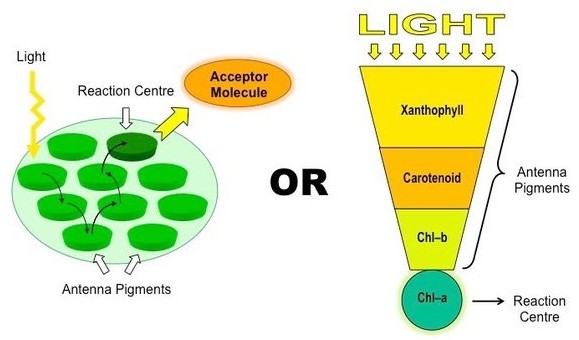
Correct Answer is C
Explanation
Red blood cells, also known as erythrocytes, play a crucial role in the circulatory system, primarily by facilitating the transportation of oxygen to body tissues. The other choices are also explained below:
A. Facilitation of gas exchange in the alveoli: While gas exchange occurs in the alveoli of the lungs, it is primarily carried out by the respiratory system and involves the exchange of oxygen and carbon dioxide between air and blood. Red blood cells do not directly participate in this process.
B. Regulation of blood pH through the release of bicarbonate ions: The regulation of blood pH is mainly maintained by the bicarbonate buffering system, which involves the action of the respiratory and renal systems. Red blood cells do play a minor role in transporting carbon dioxide, which can indirectly influence pH, but it's not their primary function.
D. Synthesis of clotting factors in response to vascular injury: Clotting factors are primarily produced by the liver and are involved in the blood clotting process to prevent excessive bleeding. Red blood cells are not directly responsible for synthesizing these factors.
Correct Answer is A
Explanation
The chemical formula for water is H2O. It consists of two hydrogen atoms and one oxygen atom.
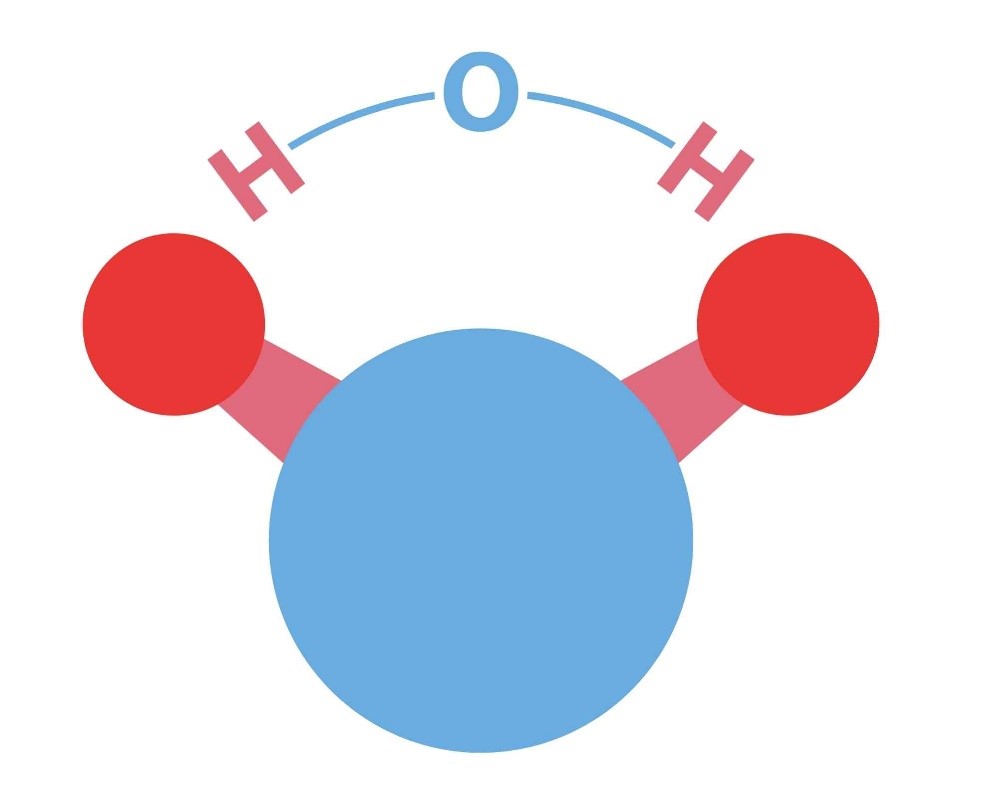
Correct Answer is B
Explanation
Transcription is the process by which DNA is copied into RNA. During transcription, the DNA molecule unwinds and RNA polymerase reads the DNA sequence and synthesizes a complementary RNA molecule using the DNA as a template.
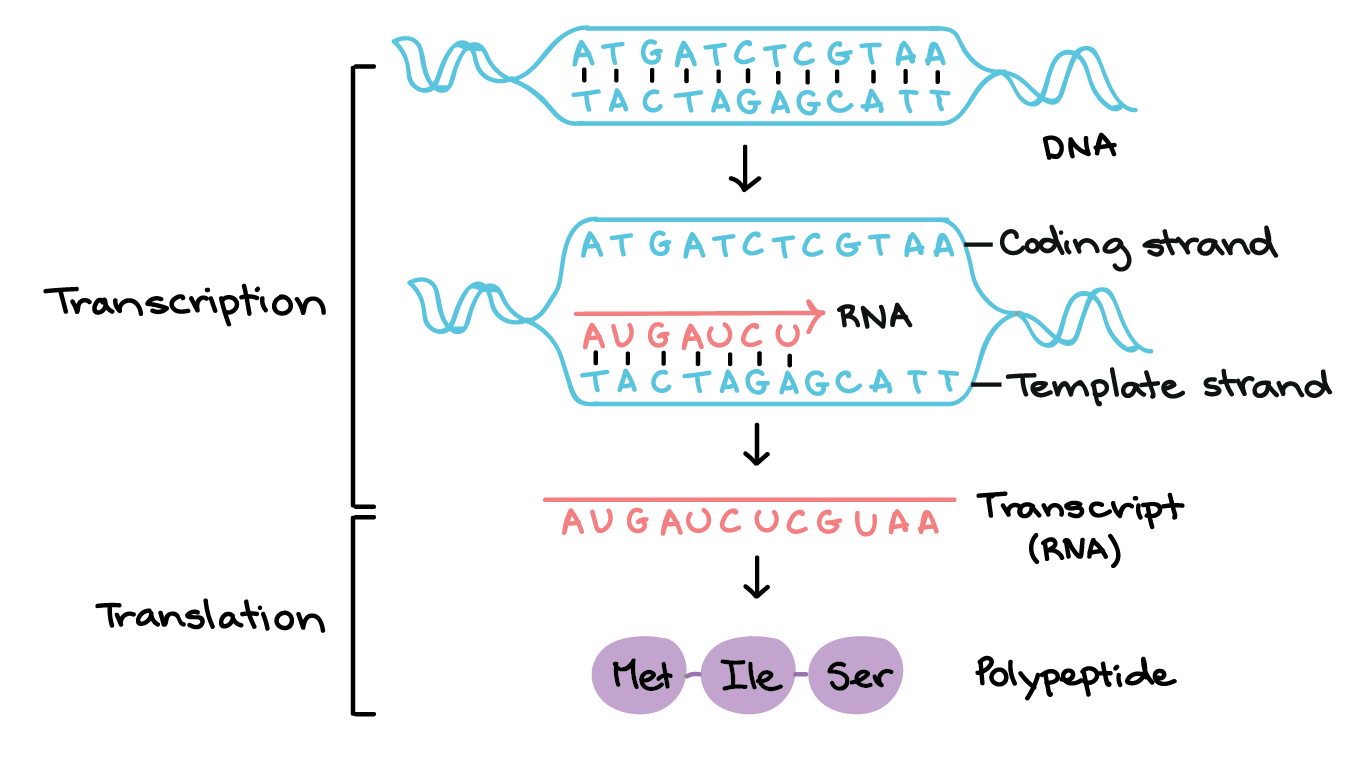
Correct Answer is B
Explanation
Ligaments are tough bands of fibrous ssue that connect two bones together in a joint. They provide stability and support to the joint, prevenng excessive movement and helping to maintain proper alignment of the bones.

Correct Answer is C
Explanation
- The image shown is a highly detailed 3D surface view of a blood clot, which suggests that it was captured using a scanning electron microscope (SEM).
- SEM produces high-resolution, three-dimensional images by scanning a sample with a focused beam of electrons, making it ideal for studying surface structures like blood cells and clots.
Analysis of Other Options:
- A. Compound Light Microscope → Uses visible light to magnify samples but lacks the resolution and 3D detail seen in the image. ❌
- B. Transmission Electron Microscope (TEM) → Produces 2D images of ultra-thin sections, not detailed 3D surface views. ❌
- D. Stereoscope → A low-magnification microscope used for viewing larger objects, not detailed cellular structures. ❌
This question was extracted from the actual TEAS Exam. Ace your TEAS exam with the actual TEAS 7 questions, Start your journey with us today
Visit Naxlex, the Most Trusted TEAS TEST Platform With Guaranteed Pass of 90%.
Money back guarantee if you use our service and fail the actual exam. Option of personalised live tutor on your area of weakness.
